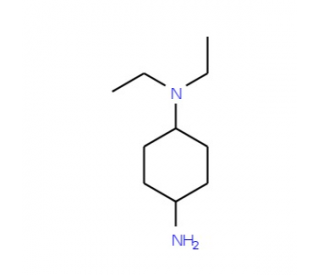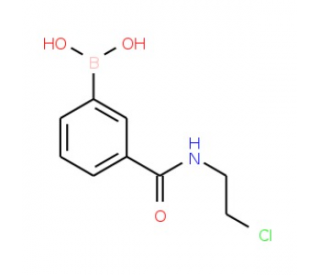详细说明
Species Reactivity
Human
Specificity
Detects human Lipocalin-1 in direct ELISAs and Western blots. In direct ELISAs and Western blots, this antibody does not cross‑react with recombinant human Lipocalin-2.
Source
Monoclonal Mouse IgG 2A Clone # 223908
Purification
Protein A or G purified from hybridoma culture supernatant
Immunogen
Mouse myeloma cell line NS0-derived recombinant human Lipocalin-1
His19-Asp176
Accession # P31025Formulation
Lyophilized from a 0.2 μm filtered solution in PBS with Trehalose. *Small pack size (SP) is supplied as a 0.2 µm filtered solution in PBS.
Label
Unconjugated
Applications
Recommended
ConcentrationSample
Western Blot
1 µg/mL
Recombinant Human Lipocalin‑1 (Catalog # )
Please Note: Optimal dilutions should be determined by each laboratory for each application. are available in the Technical Information section on our website.
Preparation and Storage
Reconstitution
Reconstitute at 0.5 mg/mL in sterile PBS.
Shipping
The product is shipped at ambient temperature. Upon receipt, store it immediately at the temperature recommended below. *Small pack size (SP) is shipped with polar packs. Upon receipt, store it immediately at -20 to -70 °C
Stability & Storage
Use a manual defrost freezer and avoid repeated freeze-thaw cycles.
12 months from date of receipt, -20 to -70 °C as supplied.
1 month, 2 to 8 °C under sterile conditions after reconstitution.
6 months, -20 to -70 °C under sterile conditions after reconstitution.
Background: Lipocalin-1
Lipocalin-1, also known as tear prealbumin or von Ebner’s gland protein (VEGP), is encoded by the LCN1 gene (1 - 3). It is a member of the Lipocalin superfamily that binds many different classes of lipophylic chemicals (4). Lipocalin-1 contains three sequence motifs similar to the cystatins, a superfamily of cysteine protease inhibitors (5). In fact, it has been suggested that Lipocalin-1 is a physiological inhibitor of cysteine proteases and plays a role in the control of inflammatory processes in oral and ocular tissues (5). rhLipocalin-1 corresponds to the mature and secreted protein. It is a weak inhibitor of cysteine proteases such as cathepsin V, which is similar to rhCystatin S (R&D Systems, Catalog # 1296-PI).
References:
Redl, B. et al. (1992) J. Biol. Chem. 267:20282.
Blaker, M. et al. (1993) Biochim. Biophys. Acta 1172:131.
Lassagne, H. and A.M. Gachon (1993) Exp. Eye Res. 56:605.
Redl, B. et al. (2000) Biochim. Biophys. Acta 1482:241.
van’t Hof, W. et al. (1997) J. Biol. Chem. 272:1837.
Entrez Gene IDs:
3933 (Human)
Alternate Names:
LCN1; lipocalin 1 (tear prealbumin); lipocalin 1-like 2; Lipocalin1; Lipocalin-1; MGC71975; PMFA; Tear lipocalin; Tear Prealbumin; TLC; TPVon Ebner gland protein; VEG protein; VEGP; VEGPlipocalin 1 (protein migrating faster than albumin, tear prealbumin)










 粤公网安备44196802000105号
粤公网安备44196802000105号